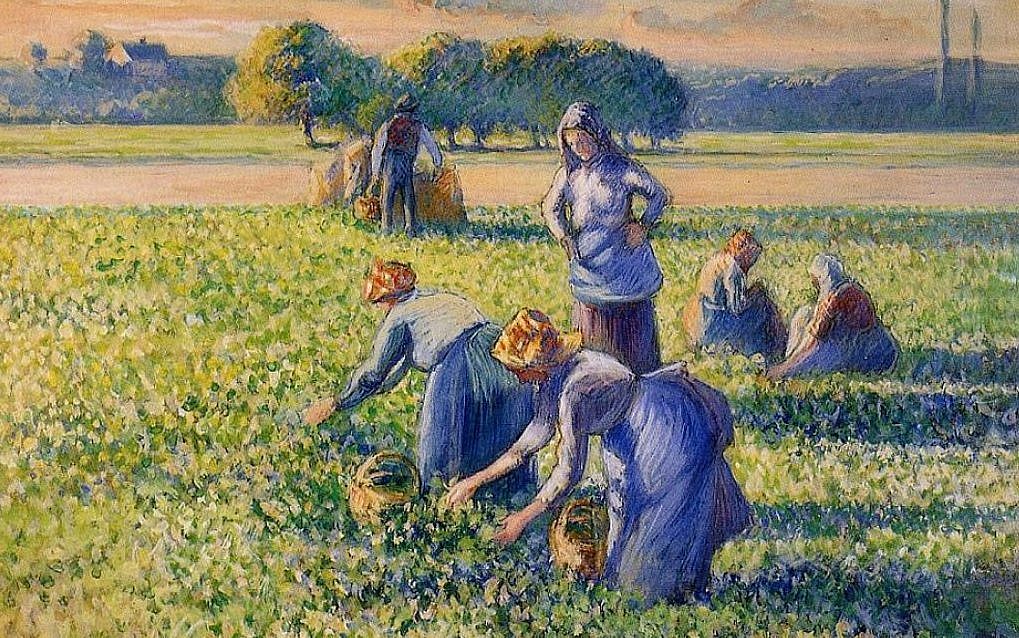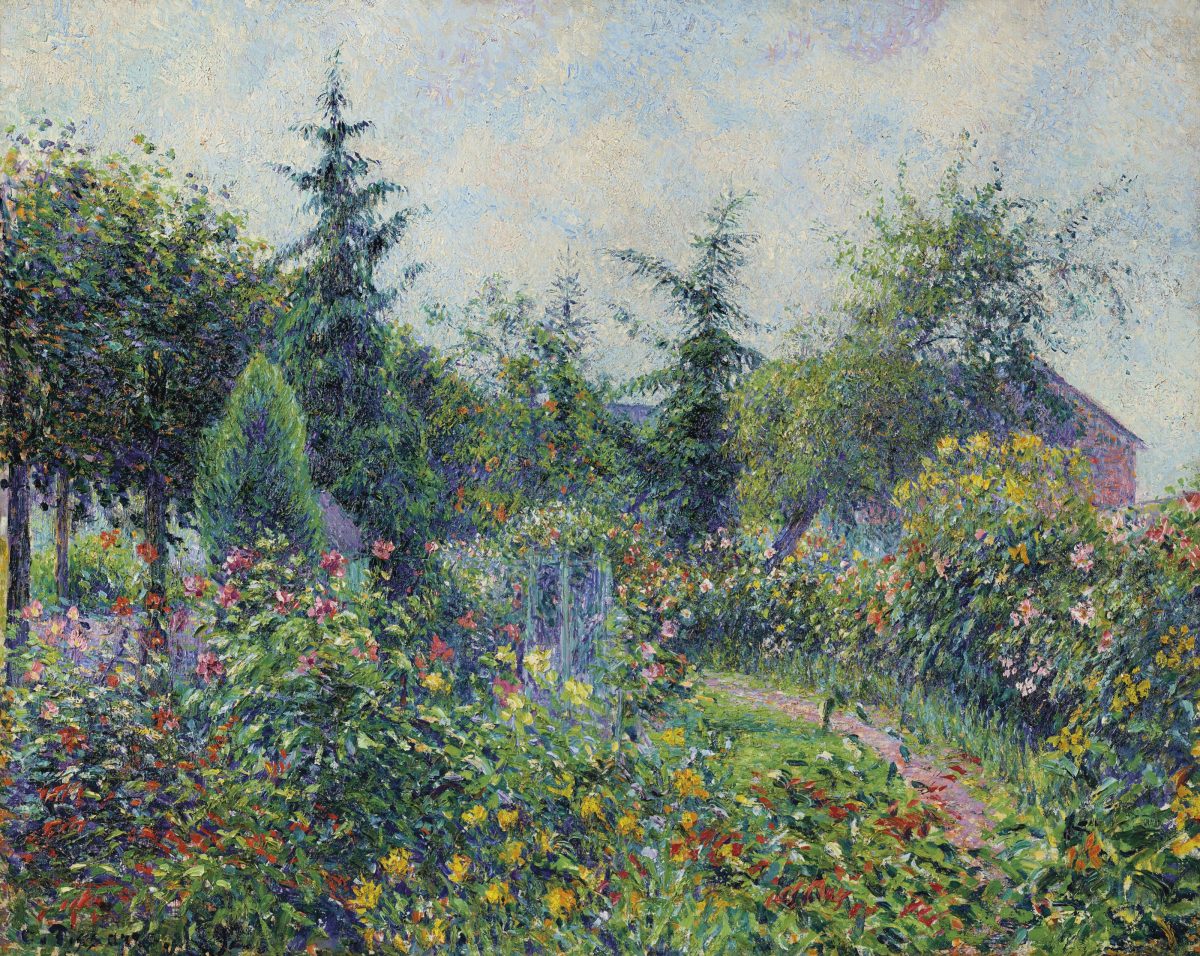The Pea Harvest (La cueillette des pois) by Camille Pissarro returned to its legitimate owners based on a decree of 1945. This law states that the expropriations committed during the collaborationist period of Vichy are to be considered null.
France confirms restitution of Pissarro looted from Jewish collector
The history of the suggestive landscape painted by Pissarro is full of unexpected events.
Today the painting returns to the heirs of the Jewish collector Bauer. The history of the dispute between the last owners and the Bauer dates back to an exhibition in 2017. In Paris, the Marmottan-Monet Museum hosted a retrospective dedicated precisely to Pissaro. Among the delicate canvas on display, there was The Pea Harvest.

The artwork, dated 1887, was a loan by Bruce and Robbi Toll, a couple of great American collectors.
However, among the many participants in the exhibits, there also were the Bauers. These were the heirs of the French industrialist, to whom the Nazis confiscated the paintings during the occupation of Paris.
After claiming the ownership of the Pisarro’s and passed three years of legal battle, on Wednesday, the French Court of Cassation decided. The artwork will return to Bauer’s family.
Back before the war, Simon Bauer owned 93 works. He was later captured to be sent to concentration camps, but managed to escape. After the war, he managed to get back only a few pieces before he died in 1947. All the others ended up in the hands of others or on the market.
Pissarro’s Pea Harvest was auctioned by Christie’s New York in 1995, and the Tolls became its owners for $ 800,000.
Camille Pissaro, a great name of French impressionism
Camille Pissarro is one of the most famous French artists of the 19th century. He was one of the leading exponents of impressionism.
Known as the “poet of the countryside,” Pissarro also painted about thirty canvases with human subjects in the foreground and created watercolors. He also used lithographs and etchings, experimenting with various techniques, including gouache.

His interest in painting the rural and urban life is due to his adoptive country. Many saw in this tendency also an innate empathy towards the poorer social classes.
The touch with which Pissarro portrays winter and spring landscapes is light and poetic, as seen in the Pea Harvest.